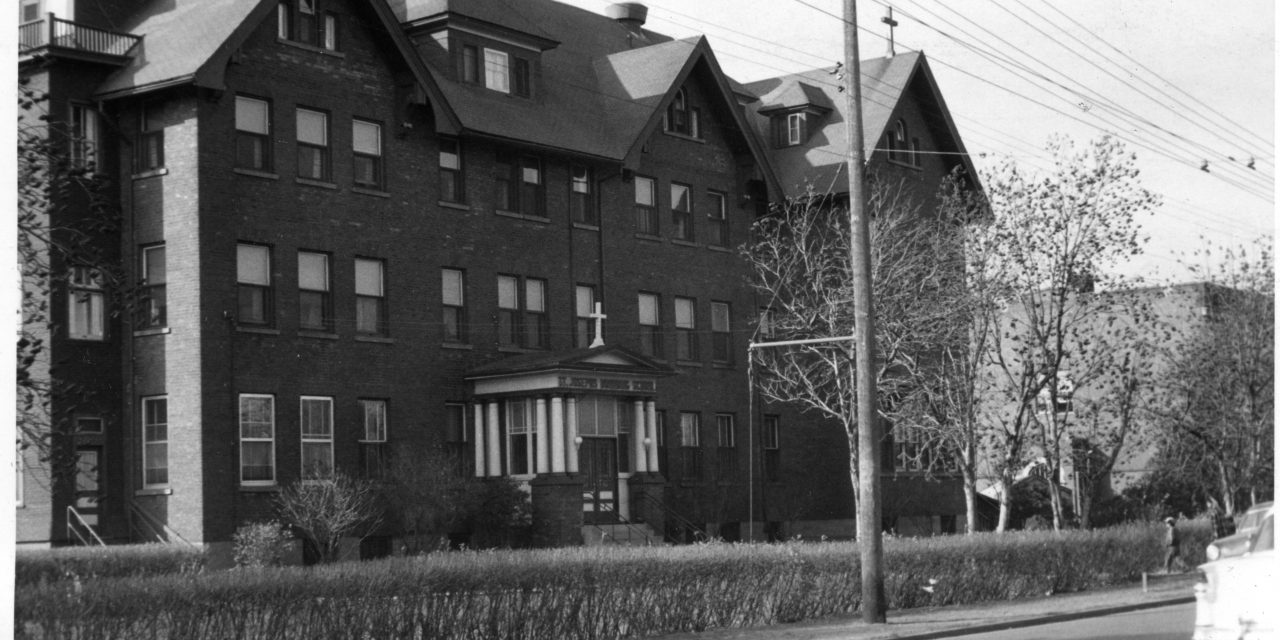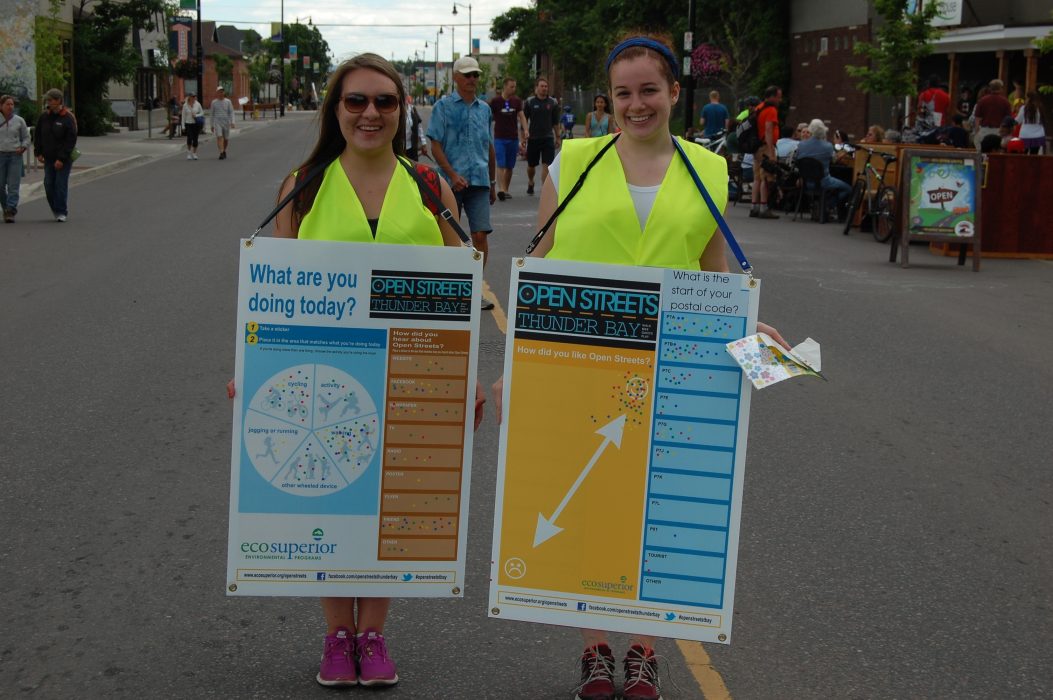Thunder Bay Public Library Project to Document History, Legacy of Local Residential School
By Matt Prokopchuk
A wide-ranging initiative by the Thunder Bay Public Library featuring research and educational components along with artwork and a podcast will commemorate the history and legacy, as well as honour the survivors of, a residential school that operated locally for nearly 100 years.
St. Joseph’s Residential School, where the current-day Pope John Paul II Senior Elementary School is, closed for that purpose in the late 1960s and the site shuttered completely in 1970, according to federal government research submitted to the Truth and Reconciliation Commission. Robyn Medicine, the Indigenous liaison for the Thunder Bay Public Library, who is leading the project—called Stories of Anishinaabe Resilience, or SOAR—says it’s important to hear from survivors and their families about what students went through at the school, and to go beyond the official records and reports produced to date.
“I would be honoured to record their stories because the whole goal, my goal, with this project is to learn about St. Joseph’s and the St. Joseph’s Residential School experience from Indigenous people who attended or whose family members who attended there,” she says, adding that the podcast will be devoted to those accounts. “If we’re able, [we will] actually reach out to, and interview, and listen to stories of what the impact of St. Joseph’s Residential School had on them and their families—because the whole goal of residential schools was to assimilate.”
In addition to the podcast, the project will also feature an extensive research report on the school’s history, and the library will also work with an educator to create curricula tailored to be used in the city’s elementary and secondary schools. The art component will feature work by Indigenous artists and those pieces will become part of the library’s permanent collection, with murals at the Brodie and Waverley Resource Libraries and “hopefully,” Medicine says, portraits of survivors. Another possibility, she says, is an outdoor mural on the side of the Brodie Street branch, which is down the street from the former St. Joseph’s site.
Medicine says the project builds off the annual Orange Shirt Days, held every September 30, to raise awareness of residential schools and their legacy, as well as to honour the Indigenous children who attended them; she says she was inspired to do more to increase awareness after listening to experiences of St. Joseph’s school survivors at these events. “I think it’s important to give the Indigenous families who […] attended St. Joseph’s, or even residential schools in general, an opportunity to share their experience,” she says. The project is slated to be completed by the end of March, with an official release to follow, although COVID-19 may change those plans.
Overall, Medicine says the initiative is about uncovering the truth of what happened at St. Joseph’s and detailing the lasting impact it had, adding that “we would like to promote sharing, healing and learning […] within Thunder Bay.”
If you would like to connect with the Stories of Anishinaabe Resilience project, please contact Robyn Medicine at rmedicine@tbpl.ca or call 345-8275 ext 7252 and leave a message.














